What’s Behind the Ancient Master-Apprentice Ceremony?
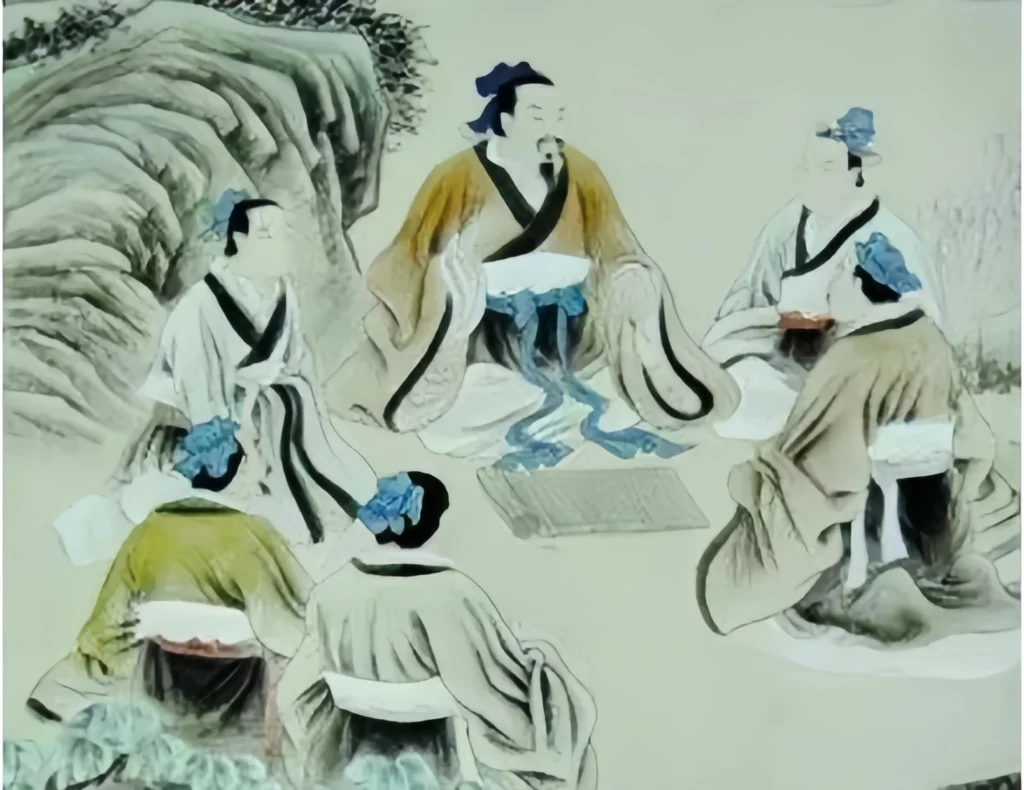
Respecting teachers has always been a long-standing tradition in China, going back as early as the Zhou Dynasty, when rituals honoring teachers were already in place. According to the Book of Rites – Inner Rules, children at the age of ten would leave home to study and must perform the formal ceremony of apprenticing with apprentice ceremony gifts, whether they were entering a private school or a government academy.
Traditionally, the relationship between a master and a student was considered second only to that of parent and child—hence the sayings, “Parents gave me life, but my master shaped me,” and “Choosing a master is like choosing rebirth.” Since this bond carried such weight, it naturally required solemn customs and rituals to confirm and protect it.
What Is the Apprenticeship Ceremony?
After entering the school, students would first perform the ceremony of honoring their teacher. The student would kneel and bow nine times to the memorial tablet of Confucius, the “Great Sage and First Teacher.” After that, they bowed three times to their own teacher. This ceremony applied to all teacher-student relationships in ancient times. Even the crown prince was no exception. Rituals for the prince meeting his teacher followed the same rules as those used in local schools.
Volume Seven of Tongdian, “Rituals of the Kaiyuan Era – Crown Prince’s Admission Ceremony,” records the entire process. The crown prince wore the student robe known as qingjin and waited outside the school gate on his knees. Officials guided him to stand by the eastern steps, facing west. The court scholar came down to wait inside by the east steps. An attendant led the prince in, while another carried wine and ceremonial gifts. The prince entered, turned left, walked to the southern side of the western steps, faced east, knelt, and bowed; the scholar returned the bow.
The prince then stepped aside. He presented the apprentice ceremony gifts, and the attendants placed the wine and offerings before the scholar. The prince bowed again. The scholar accepted the gift. The attendants removed the wine and offerings. After the prince finished his bows, he was led out. The ceremony was complete.

Order of the Apprenticeship Ritual
The saying “A teacher for a day, a father for life” shows how deeply master respect ran in traditional society. The ceremony usually included four main steps.
First, students worshipped the founder of their craft or the protective deity of their trade. This expressed respect for the profession and sincerity in learning, as well as a wish for the blessings of the ancestral master.
Second, the formal ceremony of bowing to the teacher took place. The master and his wife sat in the honored seats, while the apprentice performed three bows, then knelt to present a red envelope and the apprenticeship letter.
Third, the master gave a speech, announced the rules of the school or workshop, and sometimes bestowed a new name on the apprentice. The speech often encouraged the apprentice to respect ancestors, follow rules, stay honest, and work hard in learning the craft.
The Six Gifts of “束脩”
After bowing to the teacher, the student offered the teacher the six gifts of Shuxiu. These were six items traditionally given during the ceremony:
- celery (celery meaning: diligence),
- lotus seeds (their bitter core symbolizing the teacher’s hard work),
- red beans (for good fortune),
- red dates (for early success),
- longan (for completeness),
- and strips of dried meat (expressing sincerity) – together known as the bundle of dried meat.
The term “束脩” has been interpreted by some as referring to ten pieces of dried meat. In the Book of Rites – Lesser Rules, it states: “Give wine, dried meat, and a dog as gifts.” The scholar Zheng Xuan explained, “Bundle of dried meat means ten strips of dried meat.” After receiving the apprentice ceremony gifts, the teacher would give something in return, often copies of the Analects, along with scallions and celery. Then, the teacher led the students to recite the opening passage of The Great Learning, symbolizing the responsibility of “guiding, teaching, and answering questions.”
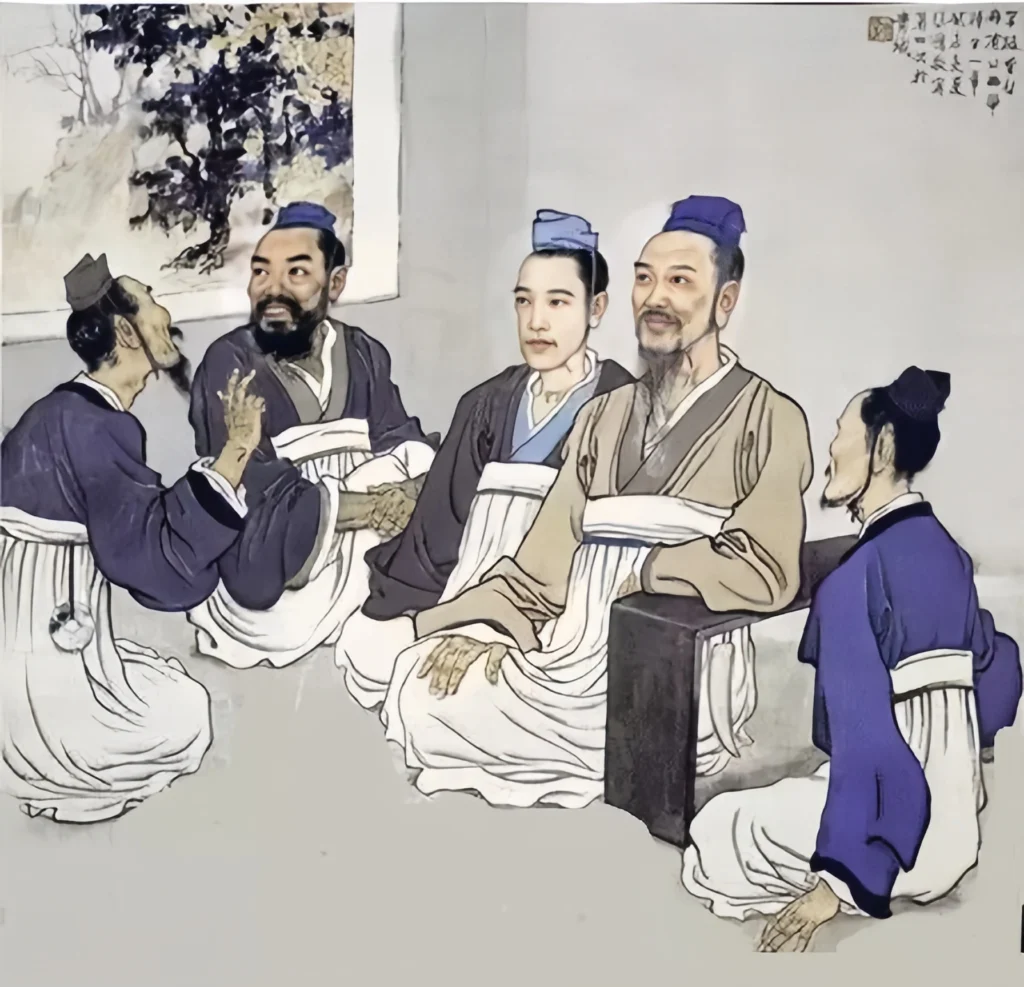
The Meaning Behind the Ceremony
The apprenticeship ceremony reflected deep master respect, an important cultural value in Chinese tradition. After entering school, students were expected to behave with proper etiquette: bow when meeting the teacher; stand up when answering questions; raise a hand before asking one; stand by respectfully when the teacher was seated; never sit while the teacher stood; and avoid loud or careless speech in the teacher’s presence – all part of honoring the six gifts and the bond they seal.
Want to revive the tradition?
Check our Apprentice ceremony guide for modern ideas!
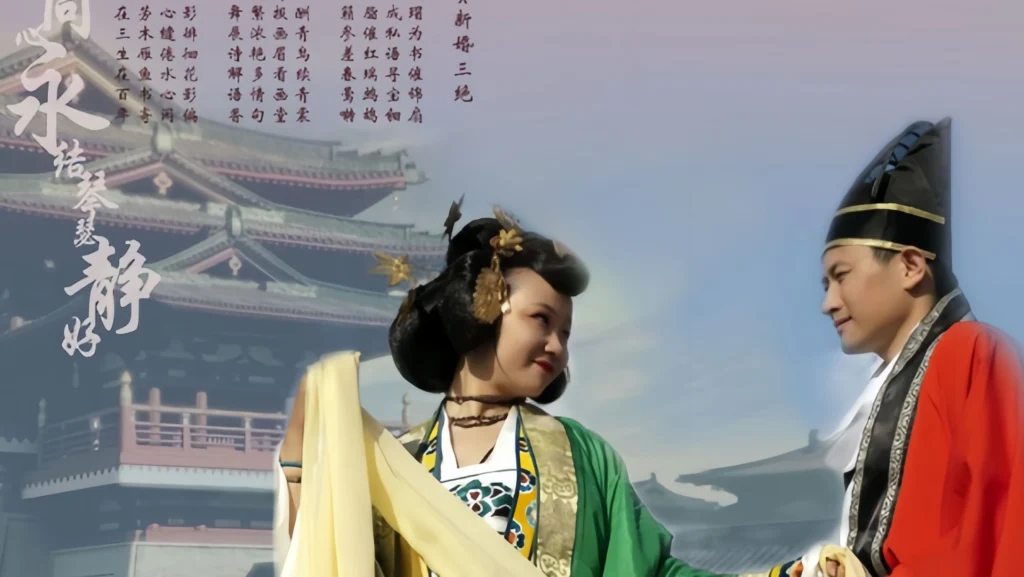
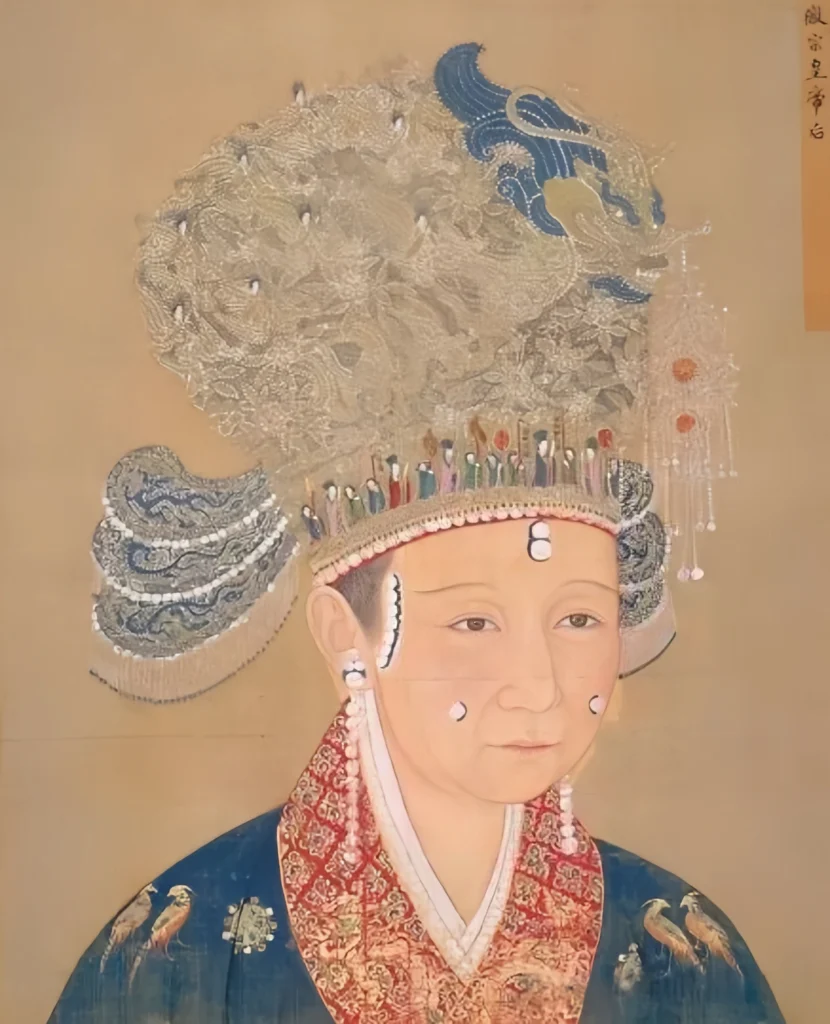


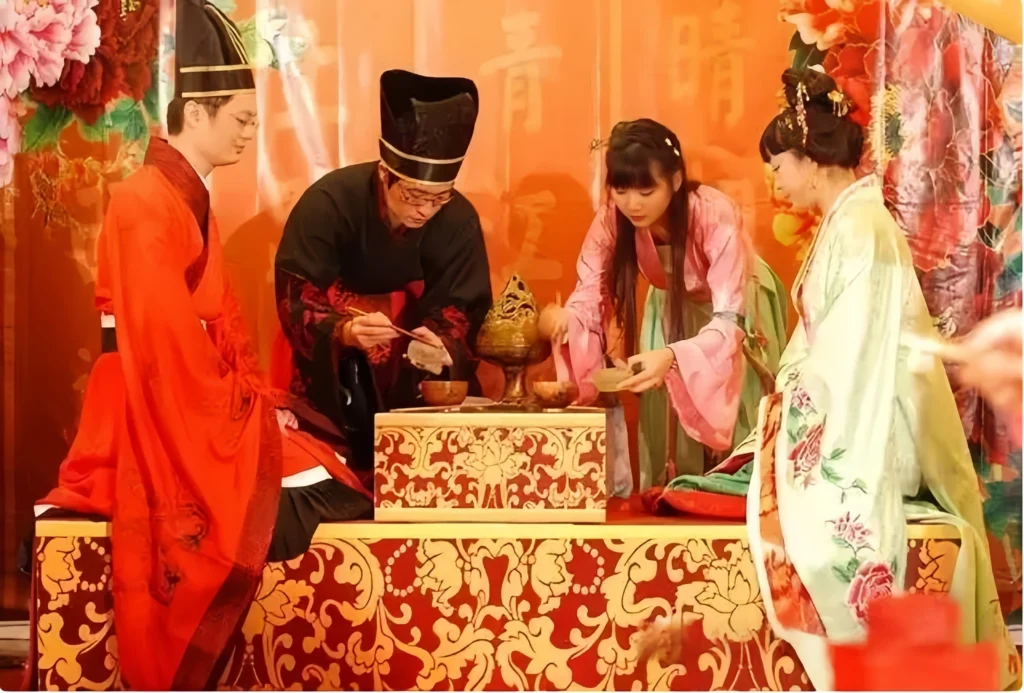
Responses